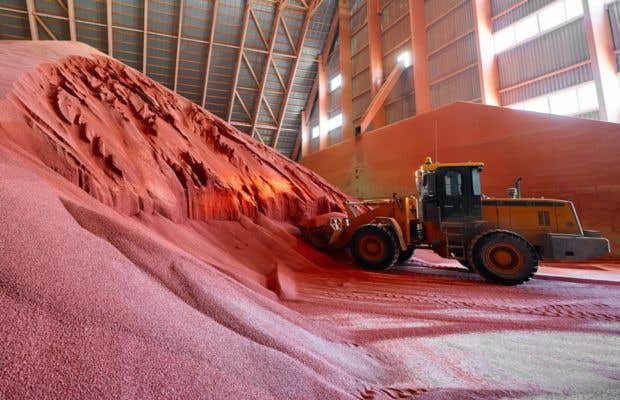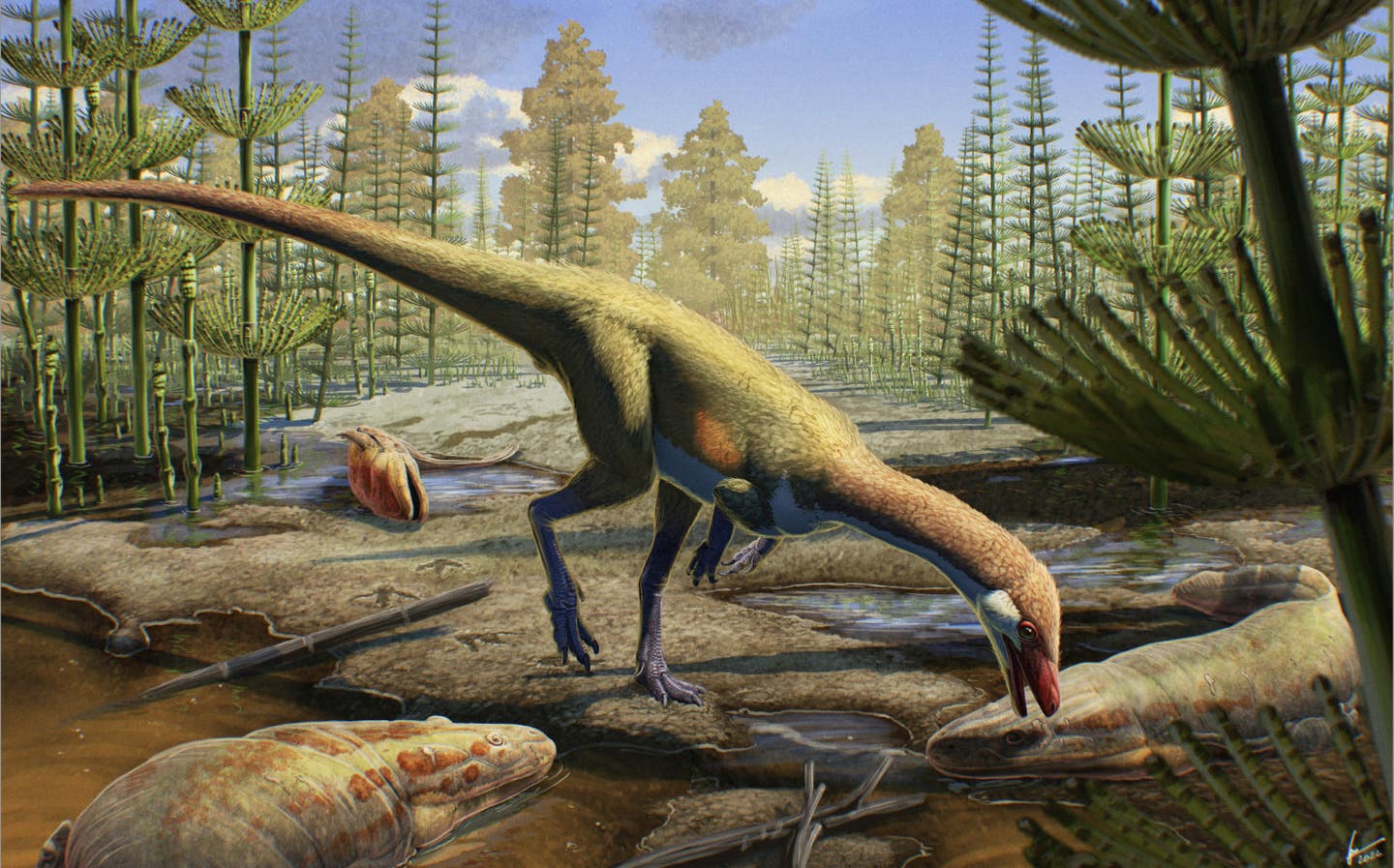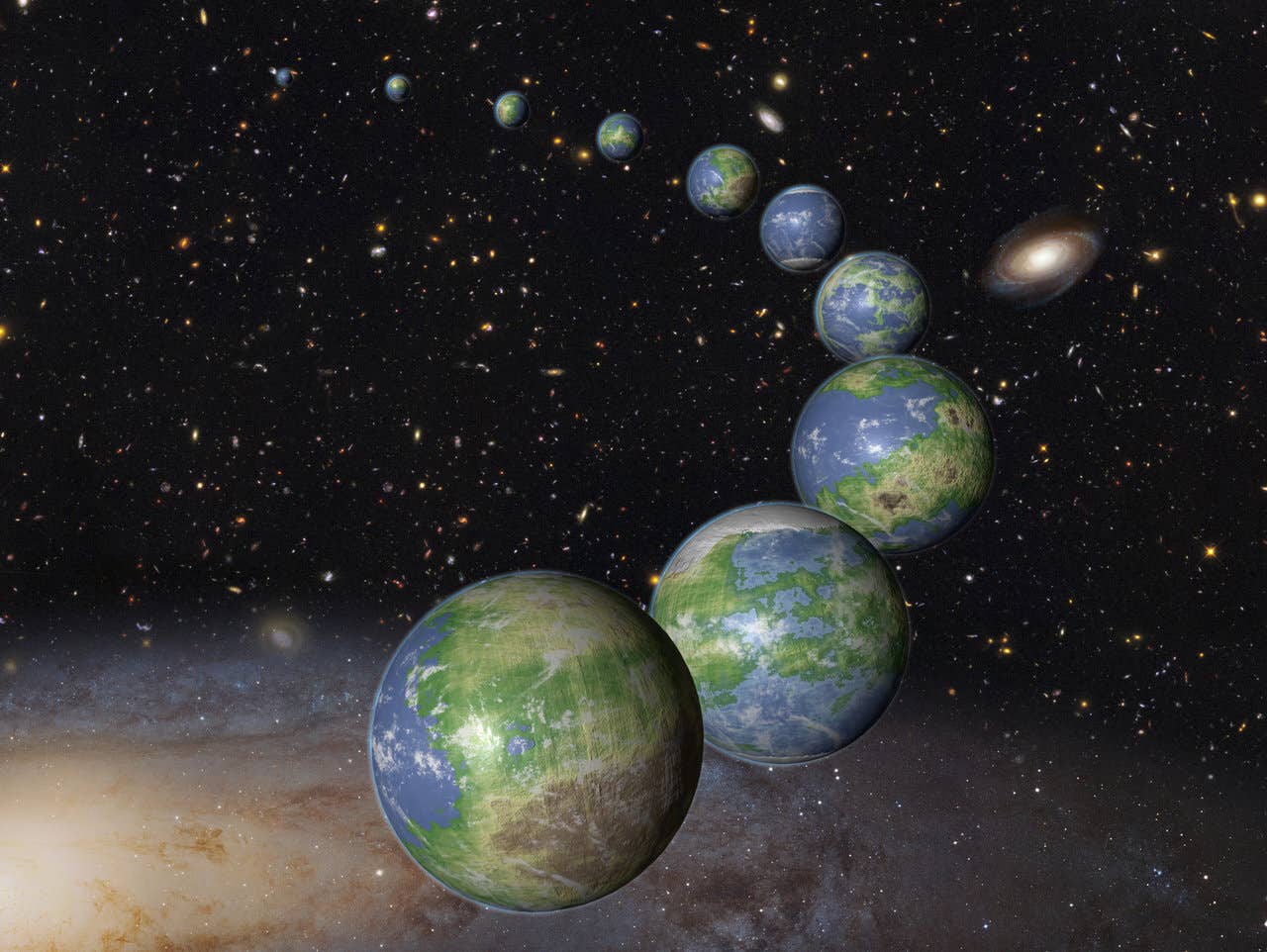Massive new phosphate deposits in Norway could power electric cars for the next 50 years
These deposits are believed to be sufficient to meet the global demand for crucial products like fertilizers and electric vehicles.

[July 10, 2023: JJ Shavit, The Brighter Side of News]
These deposits are believed to be sufficient to meet the global demand for crucial products like fertilizers and electric vehicles for at least the next half-century. (CREDIT: Creative Commons)
In an era where resource scarcity poses severe challenges to global industries, the colossal phosphate rock deposits recently discovered in southwestern Norway emerge as a beacon of hope.
These deposits are believed to be sufficient to meet the global demand for crucial products like fertilizers and electric vehicles for at least the next half-century, according to Michael Wurmser, the founder and deputy CEO of Norge Mining, the company that unearthed this phenomenal reserve.
Norge Mining, which first identified the prospective site in 2018, publicly announced in May that they had discovered an estimated 77 billion tons of phosphate rock. This massive discovery is set to reshape the phosphate market and diversify the global supply chain, potentially bringing much-needed stability to an industry recently disrupted by geopolitical tensions.
Speaking to EURACTIV, Wurmser said, "Down to 400 meters, we established two world-class resources, which together allow a supply of raw materials for at least 50 years." He pointed out the magnitude and significance of the find, and how it could offer a lifeline for industries dependent on phosphorous, an element extracted from the rock.
Related Stories
Phosphorous, produced from phosphate rock, is a crucial ingredient in fertilizers. According to the OCP Group, a mining company specializing in phosphate rock, phosphoric acid – another product derived from the mineral – has a wide range of uses, from animal feed to lithium-iron-phosphate batteries.
These batteries are integral to the operation of solar energy systems and electric cars, two sectors experiencing a significant surge in demand amidst a worldwide push towards greener, more sustainable solutions.
Before Norge's landmark discovery, other leading phosphate producers were Morocco, China, the US, and Russia, as noted in a report from the Hague Center for Strategic Studies. However, the industry experienced a massive disruption following Russia's invasion of Ukraine in February 2022, leading to a surge in fertilizer prices.
This geopolitical event also highlighted the power Russia and China hold over global food security, given their dominant positions in the phosphate market. The war's impact has raised serious concerns about food security in certain regions, a worrying situation reported by Bloomberg.
Wurmser, however, is confident that Norge Mining's discovery could help address some of these issues. "When you find something of that magnitude in Europe, which is larger than all the other sources we know — it is significant," he stated, underscoring the potential for the newfound deposits to recalibrate the balance of power in the phosphate industry.
Phosphate in sustainable agriculture. The core challenge facing the industry is how to meet growing demand for phosphate in a sustainable way. (CREDIT: OCR)
"We believe the phosphorous that we can produce will be important to the West — it provides autonomy," he added, pointing to how the deposits could reduce reliance on foreign phosphate and help insulate Western countries from future market shocks.
In addition to the massive phosphate find, Norge Mining's survey also unveiled significant deposits of titanium and vanadium. Titanium, known for its high strength-to-weight ratio and resistance to corrosion, is a vital material in aircraft construction. Meanwhile, vanadium is a key alloy for strengthening steel, further cementing the significance of the Norwegian site.
The benefits of phosphorous on plant growth. (CREDIT: Creative Commons)
The unprecedented scale of Norge Mining's discovery could therefore impact a diverse array of industries, ranging from agriculture and renewable energy to aviation and construction.
As the company moves toward harnessing these resources, it also sets the stage for a more secure and sustainable future, demonstrating that even in a time of scarcity, there are still vast untapped resources waiting to be discovered and utilized for the betterment of society.
For more green news stories check out our Green Impact section at The Brighter Side of News.
Note: Materials provided above by The Brighter Side of News. Content may be edited for style and length.
Like these kind of feel good stories? Get the Brighter Side of News' newsletter.
Joseph Shavit
Head Science News Writer | Communicating Innovation & Discovery
Based in Los Angeles, Joseph Shavit is an accomplished science journalist, head science news writer and co-founder at The Brighter Side of News, where he translates cutting-edge discoveries into compelling stories for a broad audience. With a strong background spanning science, business, product management, media leadership, and entrepreneurship, Joseph brings a unique perspective to science communication. His expertise allows him to uncover the intersection of technological advancements and market potential, shedding light on how groundbreaking research evolves into transformative products and industries.



